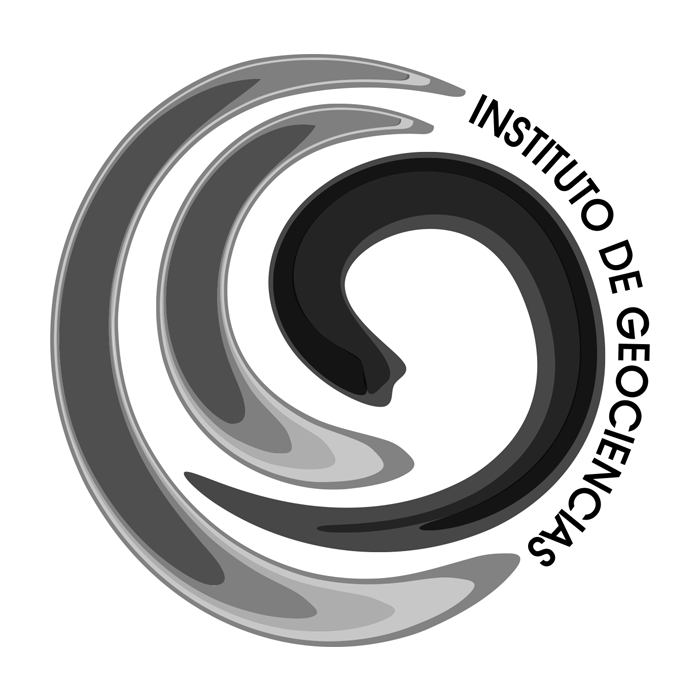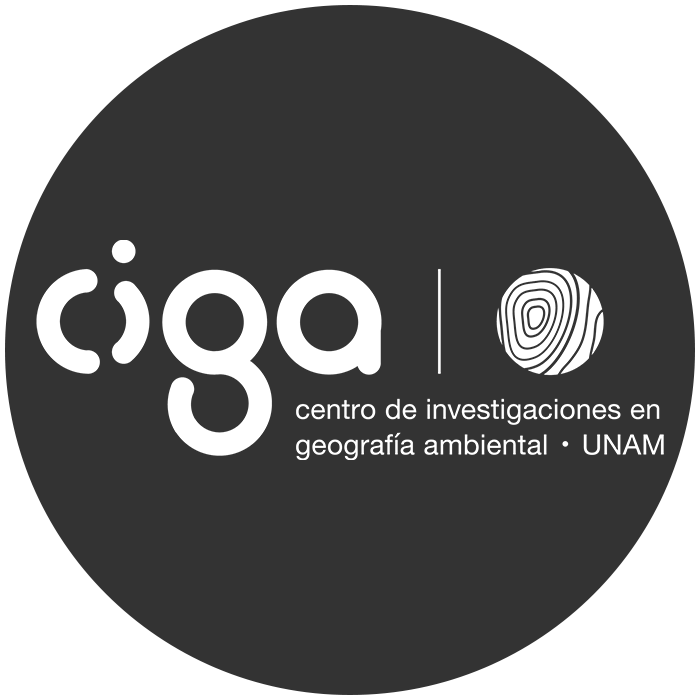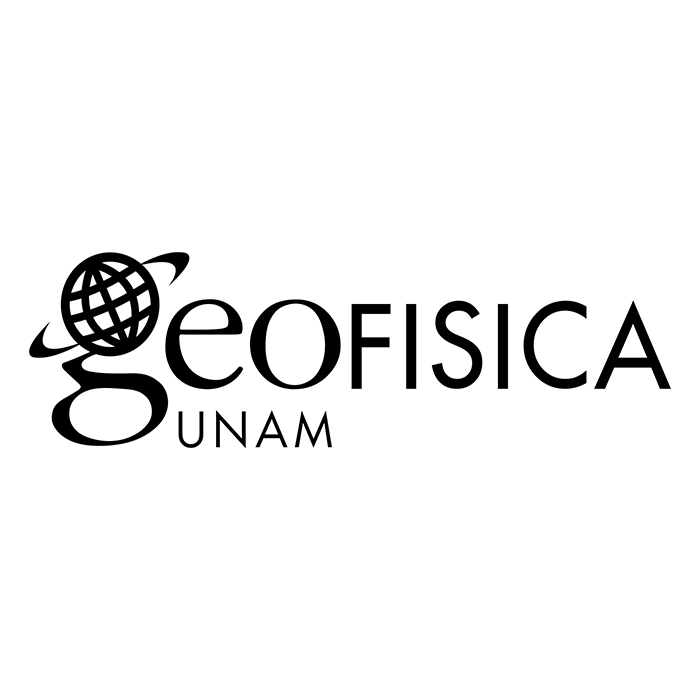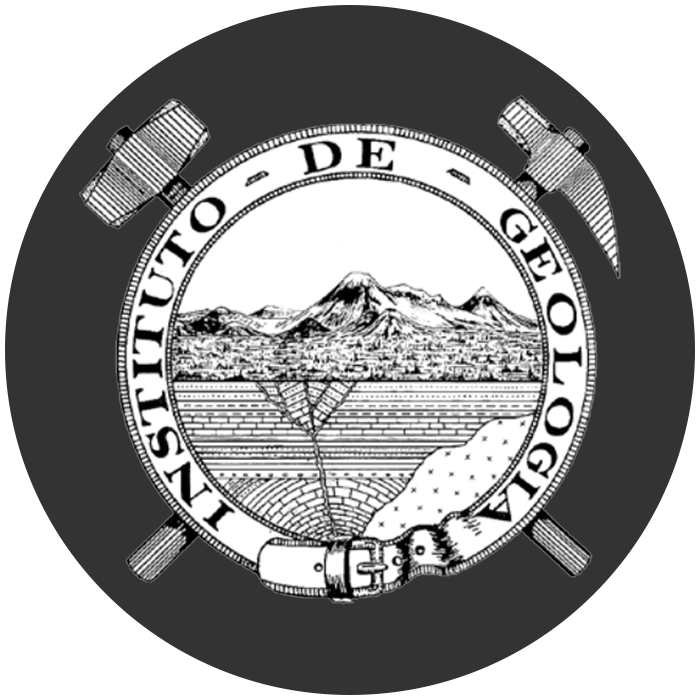Mexico City metropolitan expansion since the 1970s: a multitemporal dynamic map derived from Landsat imagery
Main Article Content
Abstract
This study presents a dynamic map depicting the metropolitan expansion of Mexico City from the 1970s onward, with a temporal resolution of approximately 3.5 years. The analysis focuses on the impervious surfaces in the northern and eastern regions of the Mexico City Metropolitan Area (ZMCM) between 1973 and 2021, utilizing medium-resolution satellite imagery (Landsat, sensors MSS, TM, ETM+, and OLI) acquired on 14 distinct dates. We employed a supervised classification using Support Vector Machines (SVM), with training pixels for the 'urban land-use' class derived from two pure elements (one with high albedo and the other with low albedo) from a Linear Spectral Mixture Analysis. The user and producer accuracies for the "urban land-use" class ranged from 65% to 95% and from 55% to 91%, respectively. High rates of peripheral expansion were observed between 1973 and 1986, and again from 1993 to 2014, with a notable deceleration afterwards. The dynamic map is built on the most comprehensive geospatial dataset for the Mexico City Metropolitan Area - the most populous metropolitan region in the country and one of the most dynamic globally - with high potential for training machine learning algorithms on future expansion processes. This tool also provides invaluable insight for evaluating urban and regional planning programs in the past and in the future, especially those associated with large-scale urban projects on the Mexico City megalopolis.
Downloads
Article Details

This work is licensed under a Creative Commons Attribution-NonCommercial-ShareAlike 4.0 International License.
PLUMX Metrics
References
Cano-Salinas, L., Rodríguez Laguna, R., Valdez Lazalde, J. R., Acevedo Sandoval, O. A. A., Beltrán Hernández, R. I., 2017. Detección del crecimiento urbano en el estado de Hidalgo mediante imágenes Landsat. Investigaciones Geográficas, 92, 64–73, https://doi.org/10.14350/rig.50249
Card, D. H., 1982. Using known map category marginal frequencies to improve estimates of thematic map accuracy. Photogrammetric Engineering and Remote Sensing, 48, 112-128.
Chang, C.-I. y Chiang, S.-S., 2002. Anomaly detection and classification for hyperspectral imagery. IEEE Transactions on Geoscience and Remote Sensing, Vol. 40, No. 6, pp. 1314-1325.
Couturier, S., Mas, J.-F., Vega, A., y Tapia, V., 2007. Accuracy assessment of land cover maps in sub-tropical countries: a sampling design for the Mexican National Forest Inventory map. Online Journal of Earth Sciences, 1(3), 127-135. ISSN: 1991-7708.
Couturier, S., y J.-F. Mas, 2009. ¿Qué tan confiable es una tasa de deforestación? Cómo evaluar nuestros mapas con rigor estadístico. Investigación Ambiental y Política Pública (INE), 1(2), 6-26. ISSN: 1405-2849.
Couturier, S., Ricárdez-Cabrera, M., Osorno-Covarrubias, J., López-Martínez, R. 2011. Morpho-spatial extraction of urban nuclei in diffusely urbanized metropolitan areas. Landscape and Urban Planning 101 (4), 338–348,
https://doi.org/10.1016/j.landurbplan.2011.02.039
Couturier, S., Huerta Luna, R., Osorno-Covarrubia, J., Flores Rangel, J. A., Kuffer, M., Camacho Cervantes, F. M., López Martínez, R. 2020. Monitoring the land consumption rate of urban growth from the Urban Footprint of Mexico, an online national cartographic platform. Terra Digitalis, 4(1), 1-8. https://10.22201/igg.25940694.2020.1.70.157
Dou, Y., Liu, Z., He, C., Yue, H. 2017. Urban Land Extraction Using VIIRS Night-time Light Data: An Evaluation of Three Popular Methods. Remote Sensing, 9(175). https://doi.org/https://doi.org/10.3390/rs9020175
Garza, G. 2005. La urbanización de México en el siglo XX (El Colegio de México).
Hoornweg, D., Bhada-Tata, P. 2012. What a waste: a global review of solid waste management. (Vol. 15). Washington, DC: World Bank.
Huang, C., Goward, S. N., Schleeweis, K., Thomas, N., Masek, J. G., & Zhu, Z. 2009. Dynamics of national forests assessed using the Landsat record: Case studies in eastern United States. Remote Sensing of Environment, 113(7), 1430–1442. https://doi.org/10.1016/j.rse.2008.06.016
INEGI. 2021. Censo de Población y Vivienda 2020: tabulados básicos. Estado de México.
Janssen, L. 2001. visual image interpretation (Cap 11). In: Principles of remote sensing. ITC Educational Textbook Series. Enschede. pp 135-149.
Li, S., Li, W., Zhou, J., Zhuang, D. 2007. Novel urban land use/cover mapping approach based on the combination of fraction image and MNF image using decision tree method. MIPPR 2007: Remote Sensing and GIS Data Processing and Applications; and Innovative Multispectral Technology and Applications, 6790(86), 67903M.
https://doi.org/10.1117/12.752008
Liping, C., Saeed, S., Yujun, S. 2019. Image classification based on the linear unmixing and GEOBIA. Environmental Monitoring and Assessment, 191(11). https://doi.org/10.1007/s10661-019-7837-x
Liu, F., Wang, S., Xu, Y., Ying, Q., Yang, F. and Qin, Y., 2020. Accuracy assessment of Global Human Settlement Layer (GHSL) built-up products over China. Plos one, 15(5), p.e0233164.
Lu, D., Weng, Q. 2004. Spectral mixture analysis of the urban landscape in Indianapolis with Landsat ETM+ imagery. Photogrammetric Engineering and Remote Sensing, 70(9), 1053–1062. https://doi.org/10.14358/PERS.70.9.1053
Lu, D., Weng, Q. 2006. Use of impervious surface in urban land-use classification. Remote Sensing of Environment, 102(1–2), 146–160. https://doi.org/10.1016/j.rse.2006.02.010
Lu, D., Li, G., Kuang, W., Moran, E. 2014. Methods to extract impervious surface areas from satellite images. International Journal of Digital Earth, 7(2), 93–112. https://doi.org/10.1080/17538947.2013.866173
Mas, J. F.; Couturier, S. 2011. Evaluación de bases de datos geográficas en: Técnicas de muestreo para manejadores de recursos naturales. Bautista, Francisco; Palacio, José Luis; Delfín, Hugo (Editores). 675 – 703 pp. Centro de Investigaciones en Geografía Ambiental, UNAM.ISBN 978-607-02-21297-9
McFeeters, S. K. 1996. The use of the Normalized Difference Water Index (NDWI) in the delineation of open water features. International Journal of Remote Sensing, 17(7), 1425–1432. https://doi.org/10.1080/01431169608948714
O’Meara, M. 1999. Reinventing cities for people and the planet. Worldwatch Institute Washington, DC. 94.
ONU-Habitat, 2025. Sitios Web consultado en Febrero de 2025: https://onu-habitat.org/index.php/onu-habitat-urge-proteger-los-ecosistemas-a-traves-de-una-planificacion-urbana
Reese, H., Olsson, H. 2011. C-correction of optical satellite data over alpine vegetation areas: A comparison of sampling strategies for determining the empirical c-parameter. Remote Sensing of Environment, 115(6), 1387-1400. doi: 10.1016/j.rse.2011.01.019
Ridd, M. K. 1995. Exploring a V – I – S (vegetation – impervious surface – soil) model for urban ecosystem analysis through remote sensing: comparative anatomy for cities. International Journal of Remote Sensing, 16, 2165 – 2185.
Rouse, J., R. Haas, J. Schell, and D. Deering. 1974. Monitoring Vegetation Systems in the Great Plains with ERTS. Third ERTS Symposium, NASA: 309-317.
SEDESOL. 2011. La expansión de las ciudades 1980-2010. Ed. Secretaría de Desarrollo Social. Ciudad de México
SEDATU. 2024. Sistema Urbano Nacional 2020. Ed. Secretaría de Desarrollo Agrario, Territorial y Urbano y Consejo Nacional de Población. Ciudad de México.
Schneider, A. (2012). Monitoring land cover change in urban and peri-urban areas using dense time stacks of Landsat satellite data and a data mining approach. Remote Sensing of Environment, 124, 689–704. https://doi.org/10.1016/j.rse.2012.06.006
Seto, K. C., Fragkias, M., Güneralp, B., Reilly, M. K. 2011. A Meta-Analysis of Global Urban Land Expansion. PLoS ONE, 6(8), e23777. https://doi.org/10/fxd8xk
Shao, Z., Ahmad, M. N., Javed, A., Islam, F., Jahangir, Z., & Ahmad, I. 2023. Expansion of Urban Impervious surfaces in Lahore (1993–2022) based on GEE and remote Sensing Data. Photogrammetric Engineering & Remote Sensing, 89(8), 479-486.
Suárez, M., Delgado, J. 2007. La expansión urbana probable de la Ciudad de México. Un escenario pesimista y dos alternativos para el año 2020. Estudios Demográficos y Urbanos, 22(1), 101. https://doi.org/10.24201/edu.v22i1.1295
Taubenböck, H., Esch, T., Felbier, A., Wiesner, M., Roth, A., Dech, S. 2012. Monitoring urbanization in mega cities from space. Remote Sensing of Environment, 117, 162–176. https://doi.org/http://dx.doi.org/10.1016/j.rse.2011.09.015
Torres-Vera, M. A., Prol-Ledesma, R. M., Garcia-Lopez, D., 2009. Three decades of land use variations in Mexico City. International Journal of Remote Sensing 30 (1), 117–138, https://doi.org/10.1080/01431160802261163.
Wu, C., Murray, A. T. 2003. Estimating impervious surface distribution by spectral mixture analysis. Remote Sensing of Environment, 84(4), 493–505. https://doi.org/10.1016/s0034-4257(02)00136-0
Zhu, Z., Woodcock, C.E. 2012. Object-based cloud and cloud shadow detection in Landsat imagery, Remote Sensing of Environment 118 (2012) 83-94.
Zhu, Z., Wang, S., Woodcock, C.E. 2015. Improvement and expansion of the Fmask algorithm: cloud, cloud shadow, and snow detection for Landsats 4-7, 8, and Sentinel 2 images, Remote Sensing of Environment 159 (2015) 269-277.






